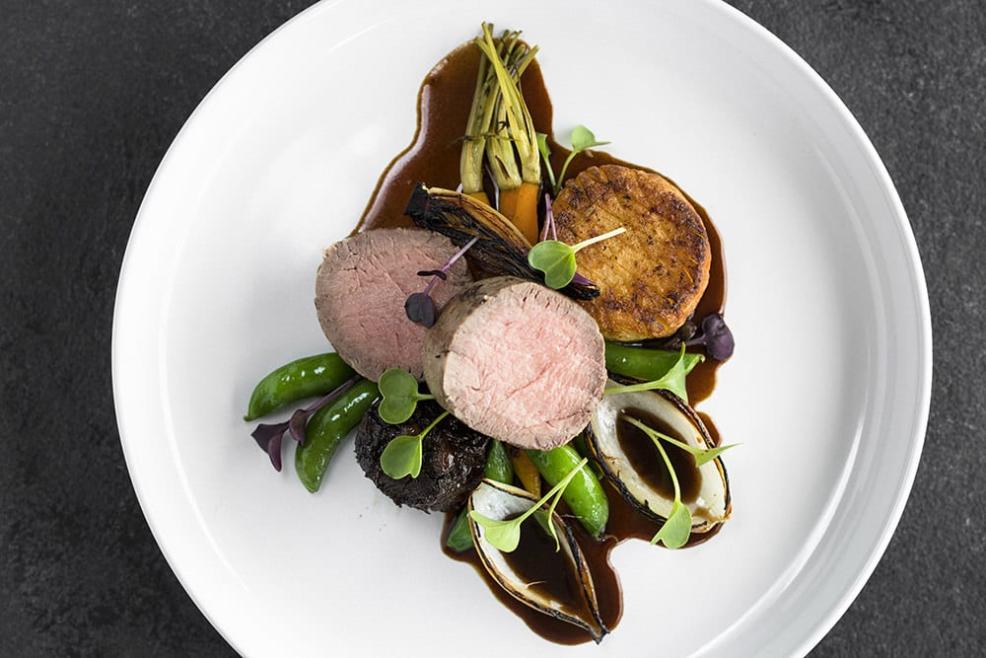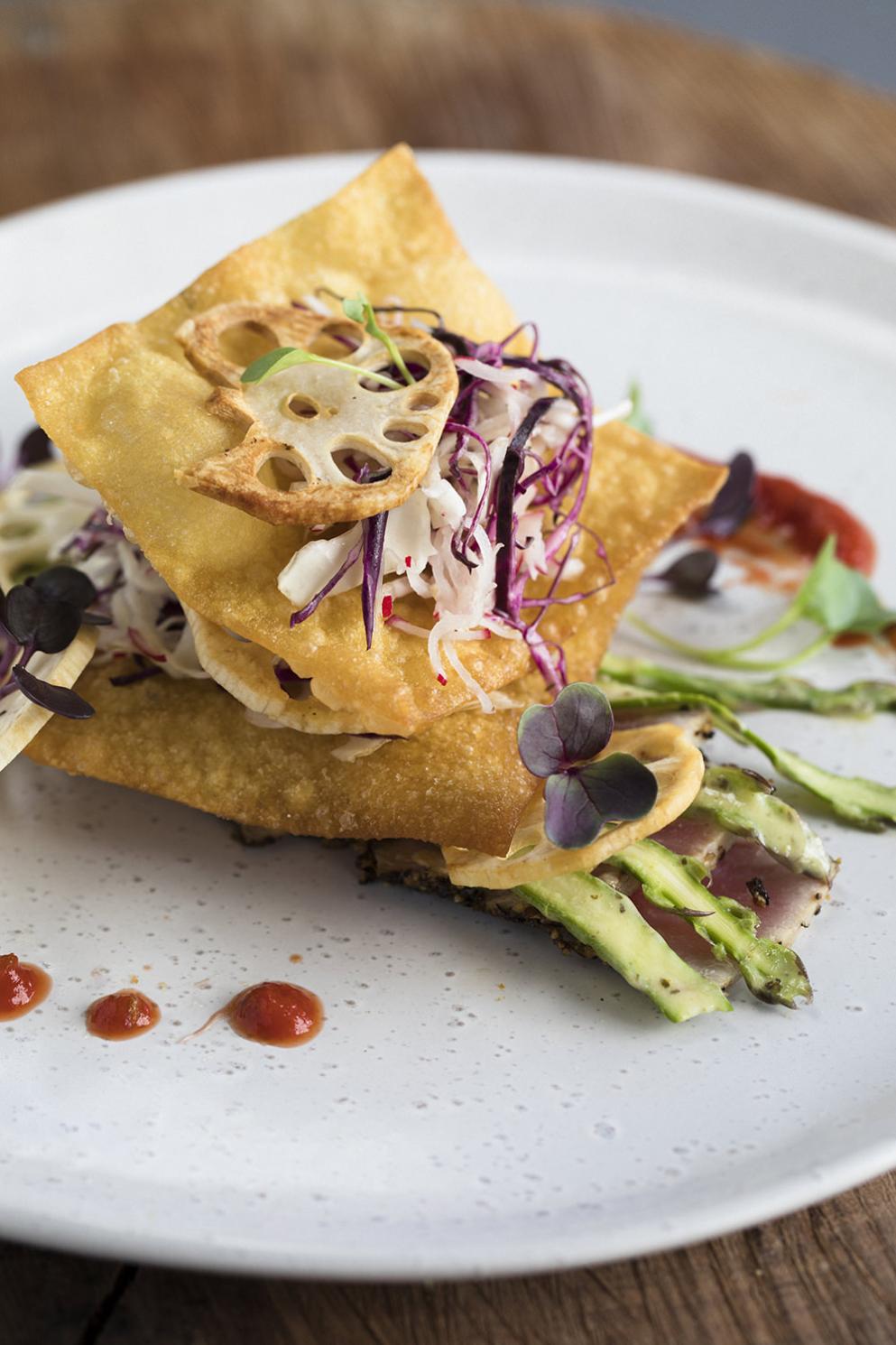What Are the Costs Associated with Plated Catering?
Plated catering is a popular choice for special events and gatherings. It offers a more formal and elegant dining experience than other catering styles. However, it can also be more expensive. In this article, we will outline the various costs associated with plated catering so that you can budget accordingly.

Food Costs
The cost of food is typically the largest expense associated with plated catering. This includes the cost of the raw ingredients, as well as the cost of preparing and plating the food.
Raw Ingredients
- The cost of raw ingredients will vary depending on the season, availability, and quality of the ingredients.
- For example, fresh produce will be more expensive during the winter months when it is not in season.
- Higher-quality ingredients, such as organic or locally sourced ingredients, will also be more expensive.
Preparation Costs
- The cost of preparing the food will include the cost of labor, as well as the cost of equipment.
- Labor costs will vary depending on the number of guests and the complexity of the menu.
- Equipment costs will include the cost of ovens, stoves, mixers, and other kitchen equipment.
Garnish And Presentation
- The cost of garnish and presentation will include the cost of herbs, sauces, and other decorative elements.
- Labor costs will also be involved in plating and presenting the food.
Beverage Costs
The cost of beverages will also be a significant expense for plated catering. This includes the cost of alcoholic and non-alcoholic beverages.
Alcoholic Beverages
- The cost of alcoholic beverages will vary depending on the brand, vintage, and availability of the beverages.
- For example, premium wines and liquors will be more expensive than house wines and beers.
Non-Alcoholic Beverages
- The cost of non-alcoholic beverages will be lower than the cost of alcoholic beverages.
- However, labor costs will still be involved in serving and refilling non-alcoholic beverages.
Labor Costs
Labor costs are another major expense associated with plated catering. This includes the cost of service staff, as well as the cost of kitchen staff.
Service Staff
- The cost of service staff will vary depending on the number of guests and the level of service.
- For example, a higher level of service will require more staff and will therefore be more expensive.
Kitchen Staff
- The cost of kitchen staff will vary depending on the complexity of the menu and the volume of guests.
- A more complex menu will require more skilled chefs and will therefore be more expensive.
- A higher volume of guests will also require more kitchen staff.
Equipment And Rental Costs

Equipment and rental costs can also be a significant expense for plated catering. This includes the cost of plates, silverware, glasses, and other serving ware.
Equipment
- The cost of equipment will vary depending on the quality and quantity of the equipment.
- For example, high-quality plates and silverware will be more expensive than basic plates and silverware.
Rental Costs
- Rental costs will be incurred if the caterer does not own all of the necessary equipment.
- Rental costs will vary depending on the quantity and type of equipment rented.
Venue Costs
The cost of the venue is another important consideration for plated catering. This includes the cost of renting the venue, as well as any additional fees.
Rental Fee
- The cost of renting the venue will vary depending on the location, size, and amenities of the venue.
- For example, a venue in a popular location will be more expensive than a venue in a less popular location.
Additional Fees
- In addition to the rental fee, there may also be additional fees, such as parking fees, security fees, and cleaning fees.
- These fees will vary depending on the venue.
Other Costs
In addition to the major costs outlined above, there are also a number of other costs that may be associated with plated catering. These costs include:
- Taxes and fees: Sales tax, service fees, and other applicable charges.
- Insurance: Liability insurance for the event.
- Marketing and advertising: Cost of promoting the event and attracting guests.
The cost of plated catering can vary widely depending on a number of factors. However, by understanding the various costs involved, you can budget accordingly and ensure that your event is a success.
Here are a few tips for minimizing costs and maximizing value:
- Choose a menu that is in season and uses locally sourced ingredients.
- Consider a limited bar instead of an open bar.
- Rent equipment instead of purchasing it.
- Negotiate with vendors to get the best possible price.
By following these tips, you can save money on plated catering without sacrificing quality.
YesNo

Leave a Reply